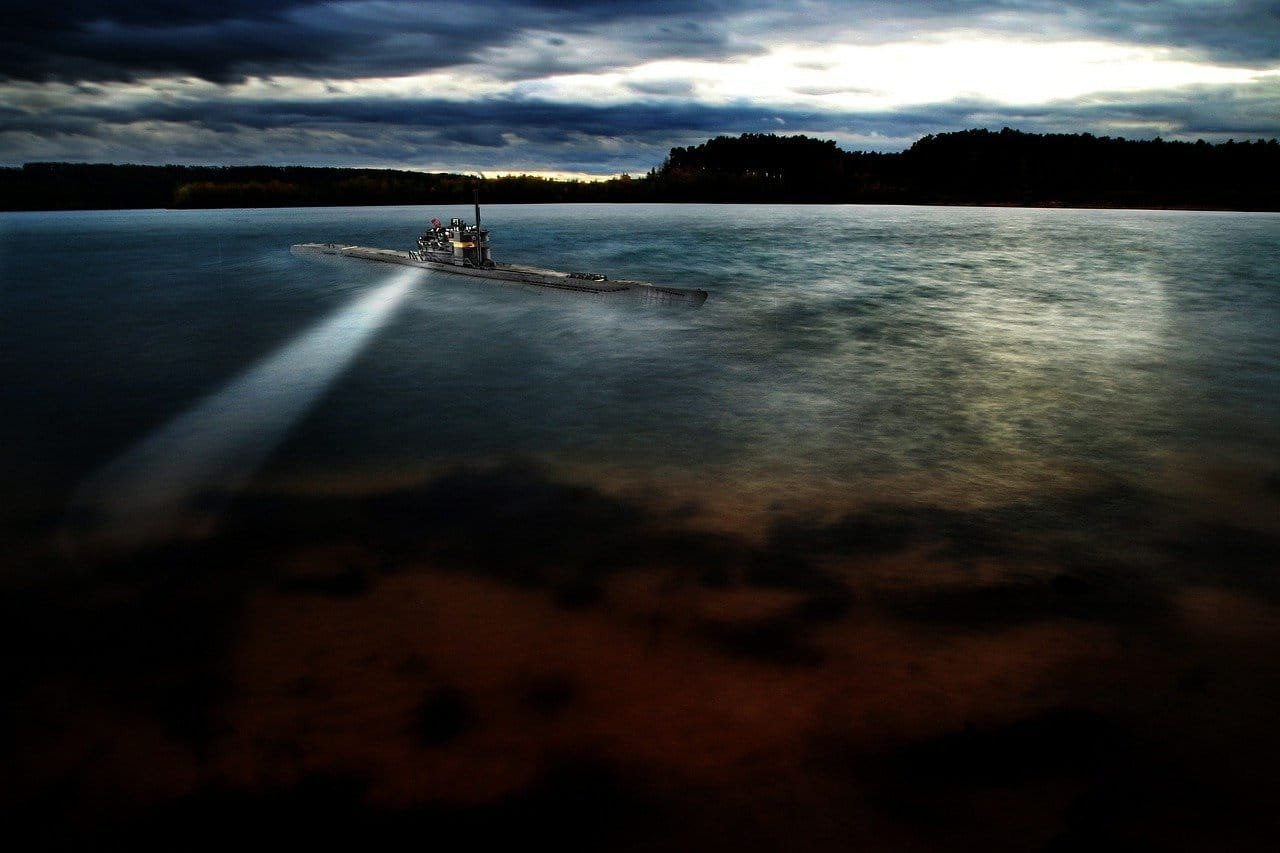When it comes to global internet communications, they are not simply a matter of satellites, cloud computing, and Wi-Fi. In fact, how we transmit information online within the US and around the world is primarily dependent on internet cables established across the ocean floor.
These undersea cables are responsible for 100 percent of our transoceanic data traffic, including not only the internet but phone calls and TV transmissions, too. They are about as thick as an average garden hose, with a single cable being equipped enough to transmit tens of terabits of data per second.
Undersea cables are considered much more cost-effective than satellites because they rely on light to process information and remain unbothered by weather conditions. They are quite contemporary and most likely will not be replaced by aerial communication systems in the near future or at all.
You may be wondering by now what could go wrong with the undersea internet network we depend on so highly to make our lives efficient and convenient. Besides, there are plenty of sea creatures roaming around in the ocean that could potentially interfere with the network’s ability to function. What about technical difficulties?
In reality, the biggest threat posed against undersea cables is ourselves. These cables, which also exist between telephone poles, are situated in areas we often dwell. On average, we are responsible for about 200 cases of damaged cables annually. That takes the form of local construction workers digging up cable lines and boaters releasing anchors onto cables, etc.
What about terrorist attacks? Well, phenomena such as that is quite rare within world history and is almost nonexistent today. One prominent example of a terrorist attack on undersea cables involves the Fanning Island cable station during World War I. Although terrorism is very unlikely, our undersea cables are still at risk. Currently, these cables are protected by steel armor at their shore-ends, while located beneath the seafloor.
Less than 300 cables compose the undersea network, with different countries normally using only a handful of them. Fortunately, the design of them offers additional protection. “Since there is more cable capacity than there is traffic, when there is a break, information is automatically rerouted along other cables.” That means an outage of one cable most likely will not negatively interfere with Americans’ online experiences, etc.
So, if you were recently startled by an article from the New York Times about Russian ships near undersea cables, there appears to be much less to worry about. Do not bother letting the possibility of damaged cables occurring keep you up at night.

